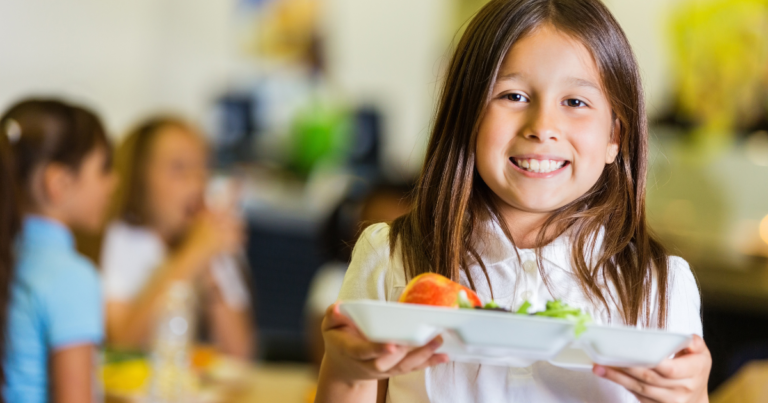
Ka Ora, Ka Ako Modelling
Ka Ora Ka Ako provided nearly 55,500 nutritious lunches per week to rangatahi in Hawke’s Bay and was a major disruptor of the food system, being one of the largest buyers of fresh produce in the country. The primary goal of Ka Ora Ka Ako was to reduce food insecurity. This Systems Model explored whether the programme could play a role in addressing the root causes of food insecurity, alongside its role in providing great school lunches. The sheer size of the programme meant it had the potential to have a significant positive impact.
Past Workshops
Several workshops were held to engage stakeholders and gather insights for the Ka Ora Ka Ako Work Modelling project at various venues such as Hastings Sports Park, EIT Campus, and Pettigrew Arena. Despite government cutbacks on funding, new challenges arose. However, principals came together to find ways to continue feeding tamariki with a limited budget.
Workshop Overview
In light of government cutbacks on funding, new challenges arose. Despite these setbacks, principals came together to find ways to continue feeding tamariki with a limited budget. During the post-workshop meeting, several key points were highlighted:
- Current Situation: Ka Ora Ka Ako invested $15.94 million per year into Hawke’s Bay, covering 45% of primary schools, 54% of intermediate schools, and 36% of secondary schools. Under the new model, the amount invested was set to drop to $10.26 million per year.
- Economic Impact: The current model created an estimated 63 jobs in lunch preparation, with a local economic value of $3.95 million. The direct economic benefit could grow to $7.04 million over the next five years due to wages and returns to local growers.
- Vision for a Sustainable Food System: The community vision included maximising the use of locally grown food, incorporating mātauranga Māori in the curriculum, helping people make healthy food choices, and improving access to affordable healthy food.
Action Plan Short-term actions included: - Collecting and organising data to advocate for continued funding and support.
- Engaging with local growers and educating cooks and tamariki about seasonal local food.
- Developing a governance structure to lead and drive the initiative.
- Convening a leadership hui to bring key leaders and organisations on board and develop momentum in the community.
The Way Forward
As these changes were navigated, there was hope that the collective efforts of principals, community leaders, and local growers would help continue providing healthy meals to tamariki. The workshops laid a strong foundation, and there was a commitment to building on this to create a resilient and sustainable food system for schools. The support from A Better Start – National Science Challenges, Auckland University, and everyone who contributed to the success of the Ka Ora Ka Ako initiative was greatly appreciated.
Phase 1 Model
The Phase 1 model captured how Ka Ora Ka Ako currently worked. This involved utilising the knowledge of subject-matter experts from the Ministry of Education, schools, Iwi, and suppliers, as well as data collected from a diverse set of Ka Ora Ka Ako providers. These providers covered primary and secondary schools, internal and external providers, small and large schools, and urban and rural schools.
Phase 2 Model
The Phase 2 model explored a range of policy pathways emerging from the literature, the model building process, and potential policies highlighted by the subject-matter experts. The focus was on exploring policies that went beyond students to a broader context, addressing the root causes of their food insecurity.
Research Questions
The overarching research question driving this Phase 2 model was:
- Food Security: Was Ka Ora Ka Ako able to play a role in improving food security beyond improving nutrient intake during school lunches and, if so, what was the contribution of mātauranga Māori?
Under this overarching question were three more detailed questions linked to key concepts:
- Food Sovereignty: Could Ka Ora Ka Ako be redesigned so that the local community had greater control over all the stages within the food value chain?
- Food Citizenship: Could Ka Ora Ka Ako involve students beyond their role as consumers, supporting them to become more knowledgeable and active food citizens
- Sustainable Community Food Systems: Could Ka Ora Ka Ako play a role in supporting the development of local, self-reliant food systems?
System Dynamics Model
The Ka Ora Ka Ako simulation model was a system dynamics (SD) model for exploring interventions to improve the wellbeing of rangatahi in Hawke’s Bay. Since the 1970s, researchers have employed SD models to explore many areas of public health and social policy.
